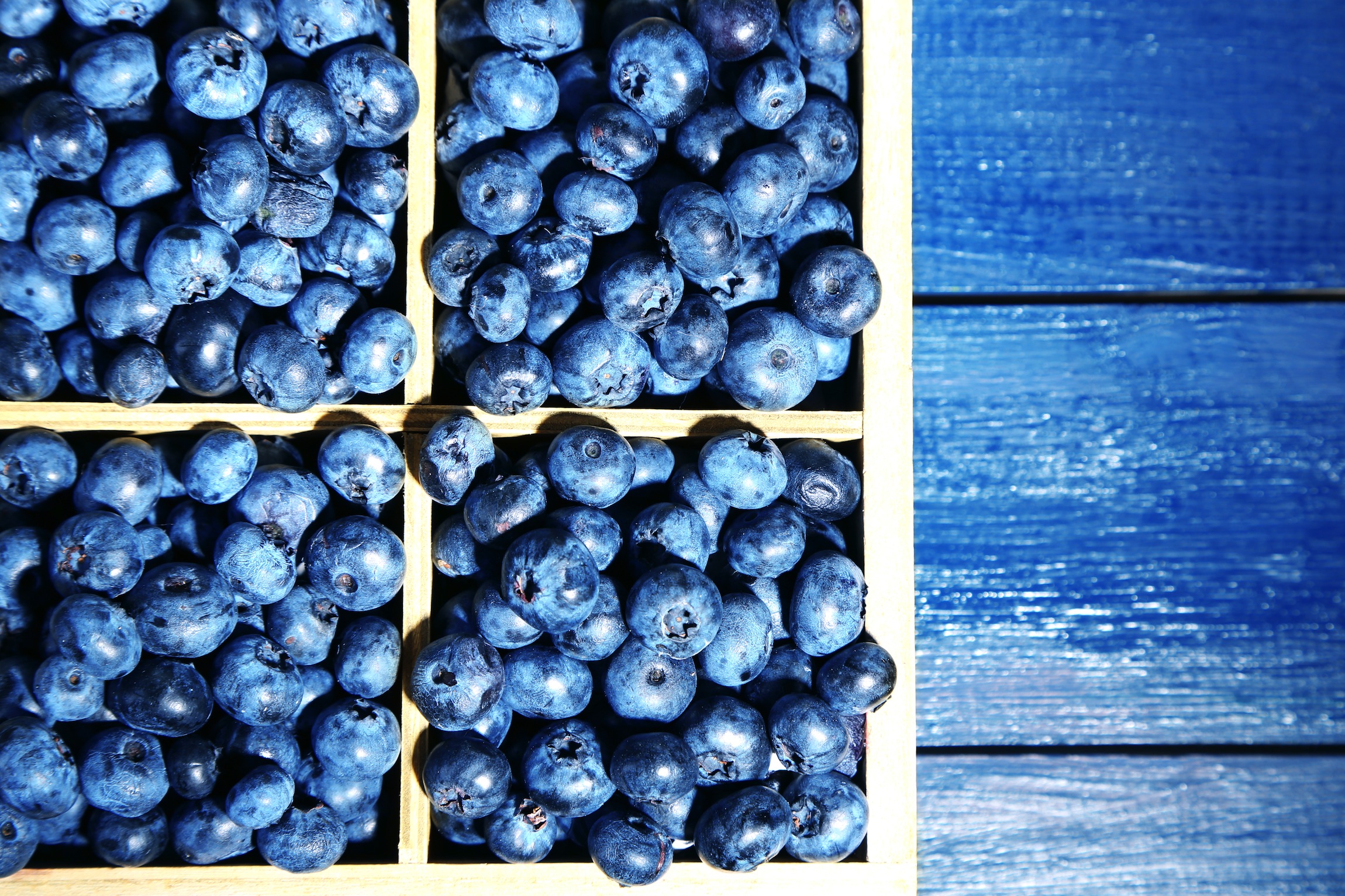North America: “This is what a mature blueberry market looks like”, says Brazelton
 “For a long time it was very possible to just focus on shipping blueberries in the U.S. and Canada. That was a great business and it still is a great business; it’s just not what it used to be,” says Cort Brazelton, director of global business development at Oregon-based Fall Creek Farm & Nursery.
“For a long time it was very possible to just focus on shipping blueberries in the U.S. and Canada. That was a great business and it still is a great business; it’s just not what it used to be,” says Cort Brazelton, director of global business development at Oregon-based Fall Creek Farm & Nursery.
While the so-called health halo and better-tasting varieties have helped blueberries gain a greater market share in the U.S. and Canada, Brazelton points to the “enormous amount of planting” that has taken place in the last 15 years.
“Some of it was very well planned and some of it was based on the opportunities that were present at the time, where the creation of that production was not necessary in line with a long term strategy,” he says.
“That’s a diplomatic description of it but the fact is things got very tough.
“This is the season where the growth of the last 15 years really started to come home in North America.”
This turning point is underscored by the rapid accumulation of frozen inventories, which while emblematic of oversupply may have a silver lining through increased opportunities for new product launches from large food companies.
“In the conventional deal the frozen business is amply supplied in North America. While there’s some differentiation in there, there’s also limited visibility of what the product is and there’s not a lot of urgency from the buying side to pick up a lot of fruit,” Brazelton says.
“On the other hand, there’s an increase in product launches right now – now that there’s finally available product at competitive prices the number of products being launched is through the roof.
“And it’s not just smaller outfits – these are major food companies launching products.”
When asked what this might mean for South American growers who focus on blueberry processing, Brazelton recommends turning attention to Asian markets where countries like Chile enjoy tariff advantages compared to the United States and Canada.
And while the frozen blueberry category represents a large industry, the big question is what will the large uptick in volume mean for demand the fresh sector.
“It’s not that consumption or utilization of fresh during these peak volume periods isn’t growing; it’s just not growing at the 10-15% rate that it was,” he says in summary.
“There’s a lot of speculation as to why it’s not higher still – some of that may be increased market saturation, some of it may be variability in quality and unreliable eating experiences for consumers.”
Producers will thus need to be smarter in choosing what, when, where and how to grow.
“The fact is for example we don’t really need a lot more Duke volume in North America now as an industry during that early summer period; if we’re going to add more fruit during that season it needs to be of really good quality in fresh and processed.
“There is a lot planted and capacity is often a challenge when so much of a concentrated variety comes into production.
“We also don’t need a lot more midseason highbush fruit unless it’s really good quality – we have a lot of fruit being produced during the mid-summer. Much of it does come from older varieties that don’t have the same attributes of new material.”
He says there is a still a lot of room in the late deal in the northern highbush summer season in North America.
“Places like Peru or Argentina or central Mexico are also able to ship during those periods but volumes don’t pick up until October-November. So what’s really tough? That peak season, especially the early and midseason with high chill varieties in the summer deal and peak season in the southern highbush deal in late spring,” he says.
The executive adds business will be difficult due to labor but to a lesser degree due to good prices in the late season Pacific Northwest rabbiteye deal.
“That May period during their peak though, that is not a time to pursue more expansion in fresh production at the same rate,” he says.
Brazelton mentions there will also be space for more growth oriented toward the earlier window of the low chill deal in southern highbush varieties, generally with production between February and early April.
“The other place where there’s room is organics – in fresh and definitely in frozen there is room in the organic deal,” he says.
“That doesn’t mean there’s going to be a panacea either; none of these things are going to solve the structural issues without continued professionalization and consolidation of the industry, improvement of processing and packaging from the field to postharvest management, from varieties and better genetics.
“Another big one is the export deal for U.S. and Canadian growers – when you go to the meetings in North America where players in the industry are attending and people say ‘my business is going really well’, they tend to have more exposure to the export markets that are doing well still.”
He says Chile has done very well as the world leader in exports, which as a business requires a very different set of skills which essentially haven’t been a top priority for many North American growers who are used to living in-market.
“It’s not going to get simpler…what got you here will not get you there. Tomorrow’s winners in blueberries will likely have a different business model, it’s a different strategy.”





